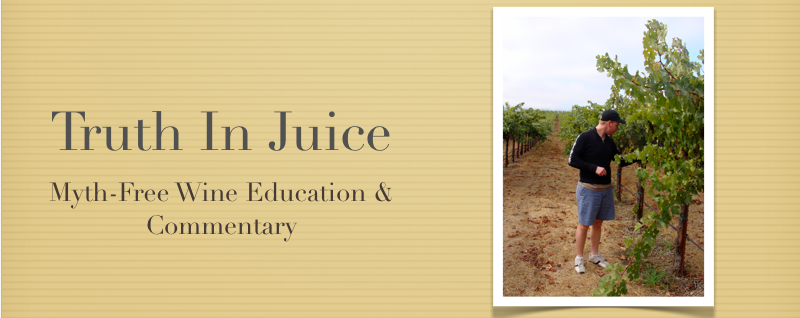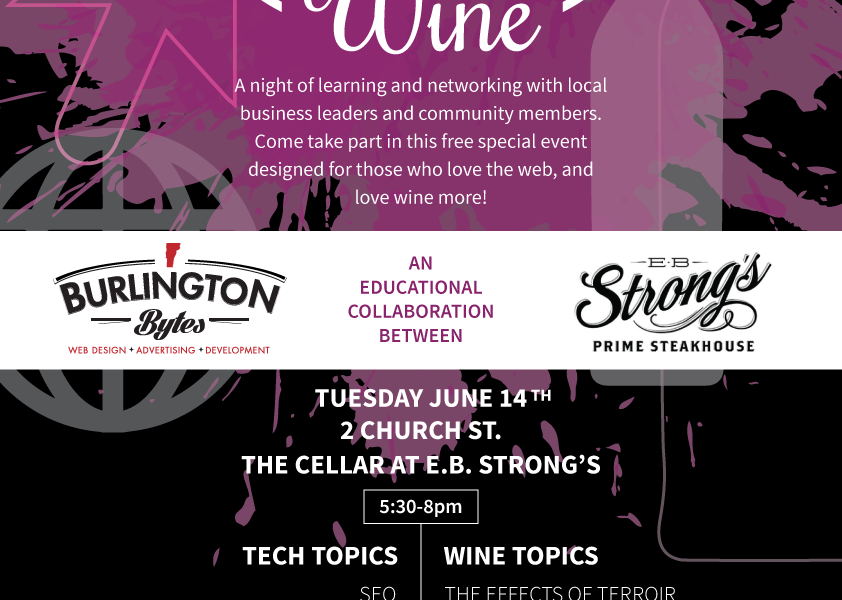Video Review: Nicolas Perrin Syrah
 Wednesday, January 29, 2014 at 3:11PM
Wednesday, January 29, 2014 at 3:11PM
One of my earliest articles discussed Syrah, and how the grape was a victim of wine fashion. For some reason, Syrah has received the short-end of the stick when it comes to popularity among American wine consumers. Unlike Pinot Noir, Cabernet Sauvignon, and even Chardonnay, it's rare to see someone sit down at the bar and order a glass of Syrah. However, just because it's not an en vogue grape doesn't mean that isn't capable of producing some stellar wines. In fact, Syrah-based wines are some of my personal favorites.
 Maison Nicolas Perrin Syrah ViognierIn France's Northern Rhone, Syrah is the only red grape that is allowed to be planted, and many think that the the region is the grape's true ancestral home. There are certainly some fabulous expressions of Syrah that can be found in the region. While wines from some Northern Rhone appelations (Côte-Rôtie, Hermitage) can cost a fortune, the region is also home to several wines that are fantastic expressions of Syrah, but won't break your budget. One of these is the Maison Nicolas Perrin Syrah-Viognier. It's a delicious Côte-Rôtie lookalike, but at $12.99, it's far more affordable than your typical Côte-Rôtie. To learn a little bit more about the wine, and for an interactive tasting, check out the video.
Maison Nicolas Perrin Syrah ViognierIn France's Northern Rhone, Syrah is the only red grape that is allowed to be planted, and many think that the the region is the grape's true ancestral home. There are certainly some fabulous expressions of Syrah that can be found in the region. While wines from some Northern Rhone appelations (Côte-Rôtie, Hermitage) can cost a fortune, the region is also home to several wines that are fantastic expressions of Syrah, but won't break your budget. One of these is the Maison Nicolas Perrin Syrah-Viognier. It's a delicious Côte-Rôtie lookalike, but at $12.99, it's far more affordable than your typical Côte-Rôtie. To learn a little bit more about the wine, and for an interactive tasting, check out the video.
 The Maison Nicolas Perrin Syrah-Viognier is currently available at Burlington Wine Shop, for $12.99. Trust me, it's a steal. However, mention this post, and get an extra 10% off! If that doesn't encourage you to try Syrah, I don't know what will.
The Maison Nicolas Perrin Syrah-Viognier is currently available at Burlington Wine Shop, for $12.99. Trust me, it's a steal. However, mention this post, and get an extra 10% off! If that doesn't encourage you to try Syrah, I don't know what will.





